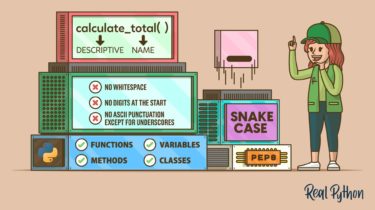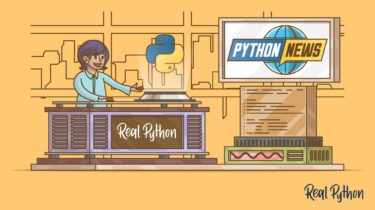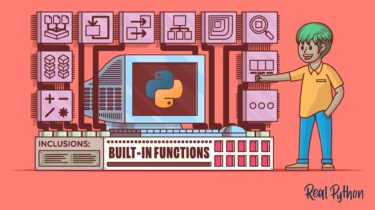Quiz: Choosing the Best Font for Programming
Interactive Quiz ⋅ 12 QuestionsBy Philipp Acsany Share Or copy the link: Copied! Happy Pythoning! In this quiz, you’ll test your understanding of how to choose the best font for your daily programming. You’ll get questions about the technicalities and features to consider when choosing a programming font and refresh your knowledge about how to spot a high-quality coding font. The quiz contains 12 questions and there is no time limit.
Read more



